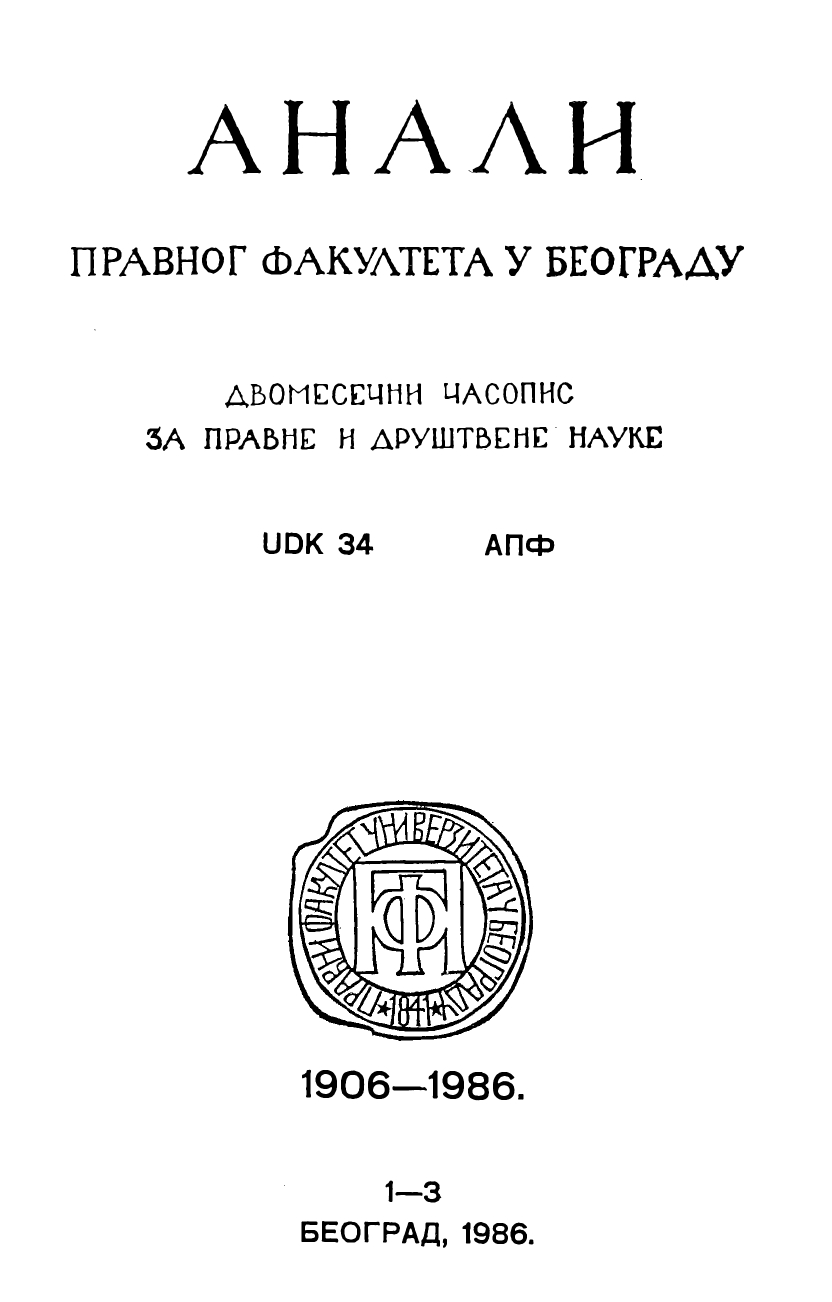О ОСНОВНИМ ОБЕЛЕЖЈИМА НОВОГ ПРАВА МОРА
BASIC CHARACTERISTICS OF THE NEW LAW OF THE SEA
Author(s): Milenko KrećaSubject(s): Law, Constitution, Jurisprudence, Maritime Law
Published by: Правни факултет Универзитета у Београду
Summary/Abstract: In defining the traditional law of the sea as the one based on a strict dichotomy (coastal sea — high seas), the author points out that the eroding of that branch of law began due to a combination of political (the resistance of newly liberated countries to the unequal character of the traditional law of the sea) and technology challenges (namely, the possibility of using the sea resources). The erosion is visible both in extending the belts provided by the traditional law and in establishing of new belts. In such a way the dichotomy structure is replaced by a trichotomy one which is expressed, in terms of value, through the formula: sovereignty — semi-sovereignty — anti-sovereignty. The basic form of expressing of semi-sovereignty is the exclusive economic zone, because in such a belt the coastal state does possess sovereign rights, but they are less in scope than full sovereignty. The author considers that the new Law of the Sea Convention remains to quite an extent in the frameworks of the conception of institutionalisation of request of the coastal states to extend as much as possible the spaces of the high seas, although only the conception of international zone does go out the such frameworks. In its original meaning, which is quite diminished by the solution adopted in the Convention, the international zone is the only belt in the new law of the sea which is based on the philosophy of the spirit of community and to solidarity as contrasted to the laissez-faire doctrine which for centuries was a basis of the theory of freedom of the sea.
Journal: Анали Правног факултета у Београду
- Issue Year: 34/1986
- Issue No: 1-3
- Page Range: 101-107
- Page Count: 7
- Language: Serbian

